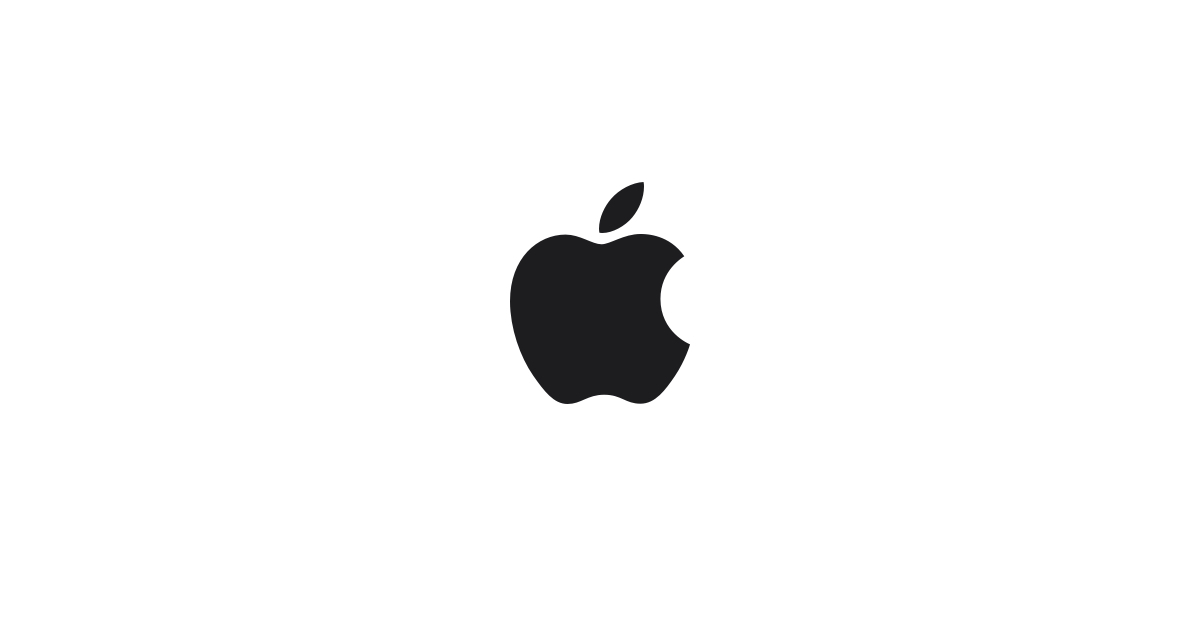Apple’s Communication with Investors and Forward-Looking Statements
Apple Inc., a global leader in technology, ensures transparency and regular communication with its investors through its corporate website at [apple.com](https://www.apple.com/) and its dedicated investor relations page at [investor.apple.com](https://investor.apple.com/). These platforms are a treasure trove of valuable information including press releases, financial performance metrics, reports filed with the U.S. Securities and Exchange Commission (SEC), corporate governance details, and specifics about the annual shareholder meetings.
In its press releases, Apple often makes forward-looking statements as defined by the Private Securities Litigation Reform Act of 1995. These statements cover topics such as planned quarterly dividend payments and future business strategies. However, it’s essential to understand that these statements are not guarantees. They carry inherent risks and uncertainties, meaning the actual results could significantly differ from the projected outcomes.
Several factors contribute to these uncertainties. Firstly, global and regional economic conditions, influenced by government policies, geopolitical tensions, conflicts, terrorism, natural disasters, and public health issues, play a significant role. Moreover, Apple operates in highly competitive and rapidly evolving markets. This involves risks related to the design, manufacturing, introduction, and transition of its products and services. The company often relies on third-party providers for components, technology, manufacturing, applications, support, and content, adding another layer of complexity.
Further, the company faces risks concerning information technology. This includes potential system failures, network disruptions, and the critical need to safeguard data from unauthorized access or loss. Legal proceedings, government investigations, and the constantly changing landscape of laws and regulations also pose challenges.
For a more comprehensive understanding of these risks and other potential challenges that could influence Apple’s business, reputation, operational results, financial condition, and stock price, one can refer to the company’s SEC filings. These include detailed discussions in the “Risk Factors” and “Management’s Discussion and Analysis of Financial Condition and Results of Operations” sections found in the periodic reports on Form 10-K and Form 10-Q. It is important to note that Apple does not commit to updating its forward-looking statements; they are accurate only as of the date they are made.
About Apple: A Pioneer in Technology
Apple Inc. has a rich history of innovation that began in 1984 with the launch of the Macintosh, a product that revolutionized personal computing. Fast forward to today, and Apple stands at the forefront of technological innovation with its extensive range of products including the iPhone, iPad, Mac, AirPods, Apple Watch, and the cutting-edge Apple Vision Pro.
The seamless integration of Apple’s six software platforms—iOS, iPadOS, macOS, watchOS, visionOS, and tvOS—creates a unified ecosystem that enhances user experience across all devices. These platforms support a suite of groundbreaking services, such as the App Store, Apple Music, Apple Pay, iCloud, and Apple TV+, empowering users with unparalleled convenience and functionality.
Apple’s commitment to excellence and innovation is driven by its workforce of over 150,000 dedicated employees. Together, they strive to create the best products in the world, all while maintaining a strong focus on making a positive impact on the planet.
Understanding Forward-Looking Statements in Corporate Communications
Forward-looking statements are projections or expectations about future events or performance. In corporate communications, these statements are often used to provide insights into a company’s future plans, potential growth areas, and financial outlook. However, they are inherently speculative and subject to change based on numerous factors.
For Apple, the forward-looking statements might cover a variety of topics, such as anticipated product releases, strategic initiatives, potential market expansion, or financial projections like dividends. While these statements can be valuable for investors and analysts, they should be interpreted with caution.
Several risks can impact these projections. Economic factors, for instance, can have wide-ranging effects. Changes in government policies, such as tariffs or regulations, can alter market dynamics. Geopolitical tensions or conflicts can disrupt supply chains or affect market confidence. Additionally, natural disasters or public health crises, like pandemics, can have unforeseen impacts on operations and sales.
Another critical area of concern is technological risk. Apple operates in a sector characterized by rapid technological advancement and fierce competition. The company must continually innovate to stay ahead, which involves substantial investment in research and development. Furthermore, Apple’s reliance on third-party suppliers for components and technology introduces an element of risk, as any disruptions in these relationships can affect product timelines and quality.
Data security is another area where forward-looking statements may be impacted. In an era where cyber threats are increasing, safeguarding user data is paramount. Any breach or unauthorized access could damage Apple’s reputation and lead to legal challenges.
Legal risks also play a significant role. Apple, like other multinational corporations, must navigate a complex web of laws and regulations across different jurisdictions. Legal proceedings, whether related to intellectual property, antitrust issues, or compliance with regulatory standards, can pose significant challenges.
For potential investors or stakeholders, understanding these risks is crucial when interpreting forward-looking statements. While they provide a glimpse into potential future scenarios, they are not certainties. The actual outcomes may differ due to the myriad of factors detailed above.
Apple’s Impact and Continued Innovation
Apple’s influence extends far beyond its product lineup. The company has consistently set industry standards and influenced how technology is integrated into daily life. Its commitment to innovation is evident in its sustained investment in new technologies and services.
The introduction of the Macintosh in 1984 set the stage for a series of revolutionary products. The iPhone, launched in 2007, redefined mobile communication and has had a lasting impact on the smartphone industry. The iPad transformed the tablet market, offering users a new way to interact with digital content.
Apple’s innovation is not limited to hardware. Its software platforms and services have also played a pivotal role. The App Store, launched in 2008, created a marketplace for developers and users, fostering a thriving ecosystem of applications. Apple Music and Apple Pay have similarly revolutionized how users consume media and handle financial transactions.
Sustainability is another area where Apple is making strides. The company has committed to reducing its environmental footprint through initiatives such as using recycled materials in its products and transitioning to renewable energy sources for its operations. Apple’s dedication to sustainability reflects its broader goal of leaving the world better than it found it.
In conclusion, Apple’s journey from the introduction of the Macintosh to its current position as a leader in technology demonstrates its enduring commitment to innovation and excellence. The company’s forward-looking statements offer a glimpse into its future prospects, but they also remind us of the uncertainties inherent in predicting future outcomes. As Apple continues to push the boundaries of what is possible, its impact on technology and society remains profound.
For more Information, Refer to this article.



































